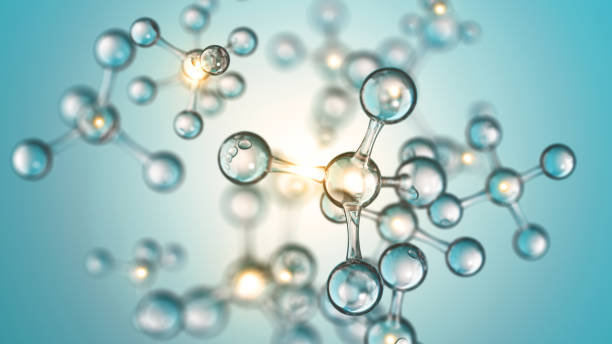Chemistry is the branch of science that studies:
- The composition of matter (what things are made of)
- The structure of substances (how atoms are arranged)
- The properties of matter (such as melting point, color, density)
- The changes matter undergoes during chemical reactions
Chemistry is often called the “central science” because it connects physics, biology, geology, environmental science, and medicine.
Basic Concepts of Chemistry
a. Matter
- Definition: Anything that has mass and occupies space.
- States of Matter: Solid, Liquid, Gas, and Plasma
- Classification:
- Element: Pure substance made of one kind of atom (e.g., O₂, Fe)
- Compound: Two or more elements chemically combined (e.g., H₂O)
- Mixture: Two or more substances physically mixed (e.g., salt water)
b. Atom
The smallest unit of matter.
Made up of:
- Protons (positive charge)
- Neutrons (no charge)
- Electrons (negative charge)
Atomic number = number of protons
c. Molecule
Two or more atoms bonded together (e.g., H₂, CO₂)
Branches of Chemistry
| Branch | Focus Area |
|---|
| Organic Chemistry | Study of carbon-containing compounds |
| Inorganic Chemistry | Study of non-carbon compounds |
| Physical Chemistry | Study of physical properties and energy changes |
| Analytical Chemistry | Techniques to analyze substances |
| Biochemistry | Chemistry of living organisms |
| Environmental Chemistry | Study of chemicals in the environment |
| Industrial Chemistry | Chemical processes in industry |
4. Chemical Reactions
a. What is a chemical reaction?
A process where substances (reactants) are transformed into new substances (products).
b. Types of Reactions
- Combination/Synthesis: A + B → AB
- Decomposition: AB → A + B
- Single Replacement: A + BC → AC + B
- Double Replacement: AB + CD → AD + CB
- Combustion: Hydrocarbon + O₂ → CO₂ + H₂O
c. Signs of Chemical Change
- Color change
- Gas formation
- Temperature change
- Precipitate formation
5.The Periodic Table
A table organizing elements by increasing atomic number.
Arranged into:
- Groups (columns): Elements with similar properties
- Periods (rows): Elements with the same number of electron shells
Key Groups:
- Group 1: Alkali metals
- Group 2: Alkaline earth metals
- Group 17: Halogens
- Group 18: Noble gases
6. Chemical Bonding
a. Ionic Bonding
- Between metals and non-metals
- Transfer of electrons
- Example: NaCl
b. Covalent Bonding
Between non-metals
Sharing of electrons
Example: H₂O
c. Metallic Bonding
- Between metal atoms
- Electrons flow freely (“sea of electrons”)
7. Chemical Energy and Thermodynamics
Endothermic: Absorbs heat (e.g., melting ice)
Exothermic: Releases heat (e.g., burning wood)
Laws of Thermodynamics: Describe energy changes and conservation
8. Chemical Equations and Stoichiometry
a. Balancing Equations
- Mass is conserved: same number of atoms on both sides
b. Stoichiometry
- Calculating the amount of reactants/products using mole ratios
9. Acids, Bases, and pH
a. Acids
- Sour taste, pH < 7
- Donate H⁺ ions
- Example: HCl
b. Bases
- Bitter taste, pH > 7
- Donate OH⁻ ions
- Example: NaOH
c. pH Scale
- Measures acidity/basicity (0–14 scale)
10. Real-World Applications of Chemistry
Medicine: Drug design, diagnostics
Agriculture: Fertilizers, pesticides
Environment: Pollution control, recycling
Food: Preservatives, flavors
Energy: Batteries, fuel cells, nuclear power
